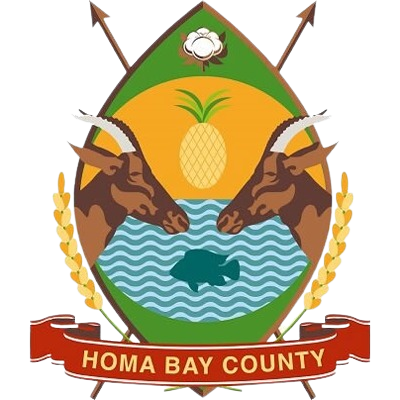The County of Homa Bay has joined the Making Cities Resilient 2030 (MCR 2030) initiative, a drive towards enhancing its disaster risk reduction and climate change adaptation efforts.
The announcement came at the conclusion of a five-day Disaster Risk Reduction Workshop organized by the County's Department of Governance, Administration, Communication and Devolution (GAC&D) in partnership with the United Nations Office for Disaster Risk Reduction.
Grace Mercy Osewe, the county executive committee member for Governance, Administration, Communication and Devolution, emphasized the county's commitment to disaster risk reduction.
“In the face of such adversity, the role of our county as the first line of defense in Disaster Risk Reduction becomes ever more critical.” Osewe said, adding that the county government disaster unit are the frontline where the impacts of these calamities are felt mostly and where the response is most urgently needed.”
She announced plans to review and prioritize a disaster risk resilience strategy based on workshop feedback, and to benchmark with other cities facing similar challenges.
The workshop, funded by Deutsche Gasellschaff for Internationale Zusammenarbeit (GIZ) through the Resilience Initiative Africa Project, aimed to integrate disaster risk reduction with climate change adaptation for sustainable development.
MCR 2030 supports the integration of Disaster Risk Reduction with Climate Change Adaptation on sustainable development as crucial for building resilient communities.
Isabel Njihia, Associate Program Management Officer at UNDRR Regional Office Africa, pledged continued support for Homa Bay County's efforts.
"UNDRR will continue to work closely with the County Government of Homa Bay to support the strengthening and implementation of policies," Njihia said, adding that UNDRR will continue to ensure stronger integration of DRR and climate change adaptation in cooperation frameworks at the county level.
Participants, including representatives from Kenya Red Cross, World Vision, and Plan International, identified concrete actions to accelerate the implementation of the Sendai Framework for Disaster Risk Reduction 2015-2030.
Ms. Osewe noted that Homa Bay County has experienced a fair share of natural disasters such as floods, landslides and waterlogging causing destruction of infrastructure, displacement of communities, and loss of livelihoods and that it was important to enlighten the residents on early warning systems to avert destruction.
She added: "Strengthening societal capacity for resilience is key in building infrastructure for resilience, improving recovery, and building back better among others.
Participants were trained on the application of the Disaster Resilient Score Card for cities, a comprehensive assessment tool to guide the development of local DRR strategies.



